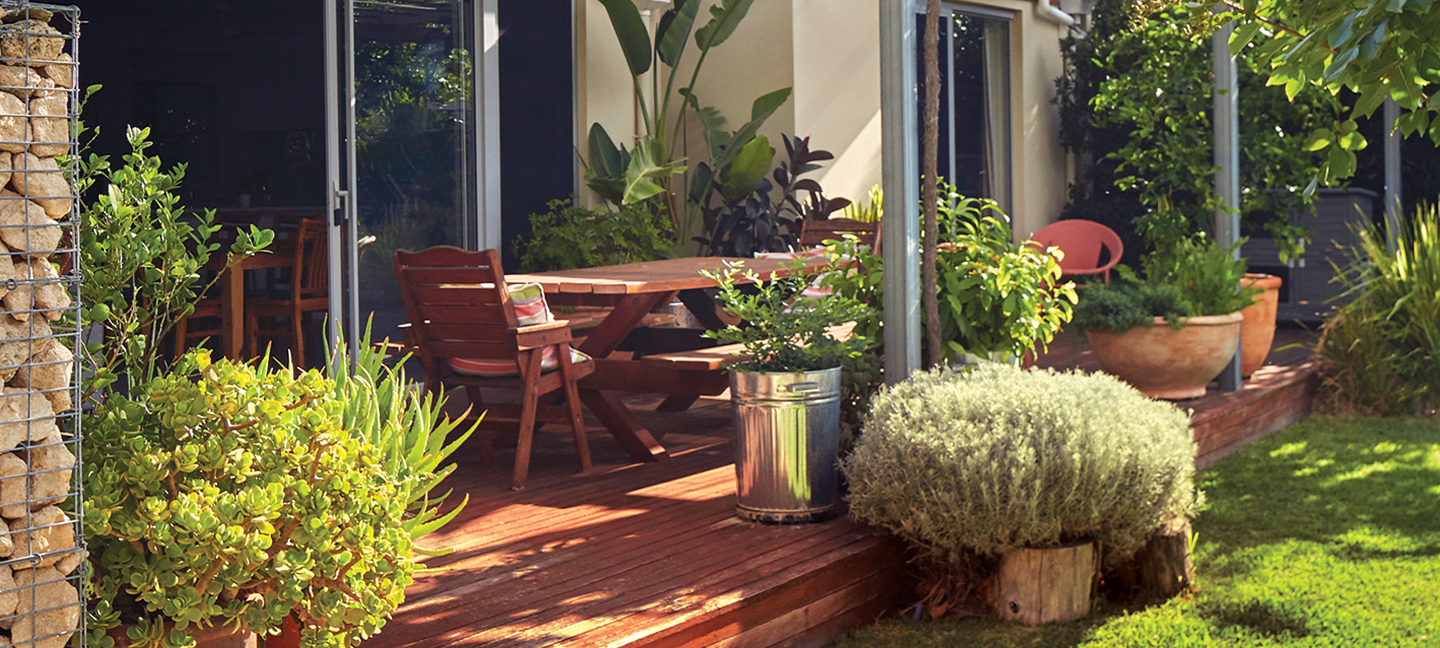You can achieve a sustainable house now
24 Aug 2020 | Josh Byrne
Sustainable housing feels like something of the future, but it doesn't have to. Josh Byrne is here to show us that a 10-star rated home that produces more energy than it uses is possible now and without having to spend a massive budget either. The Sustainable House Handbook rounds up all the knowledge that he's accumulated over the years and delivers it to you in a clear, concise manner.
For many of us, building a new home is one of the biggest projects we’ll ever undertake. There’s a lot to it, and it can be a stressful process. Knowing where to start is a challenge in itself, especially if you are looking for something a little bit different from the standard product on the market.
Building or renovating a home also presents a tangible opportunity to make a positive environmental contribution. Residential buildings account for around 10% of Australia’s greenhouse gas emissions and, as demonstrated with our house, building houses that have a net-zero operational carbon footprint is readily achievable. Residential construction is also a major source of building waste, and homes and gardens have a high demand for water. These issues are easily dealt with through considered design and thoughtful construction, and it needn’t mean sacrifice or exorbitant cost.
Research has shown that there is a growing interest in the idea of a sustainable home, not only for environmental reasons, but for personal benefits too. By unpacking this term and defining the core attributes of a sustainable house – energy and water efficient, comfortable, cost-effective to operate and healthy to live in – it’s easy to see why this is appealing. More to the point, why aren’t all houses built like this? The unfortunate reality is that they are not. Most new homes are built to minimum energy-efficiency compliance and, even then, sometimes fall short of the most basic benchmarks due to poor attention to detail in construction.
Knowing what to look for when choosing a site to build on, or what the best design response should be for the one you have, is the first step in creating a house that can perform to its potential. Having a clear set of goals or guiding principles that prioritise sustainability outcomes is also important.
The format of this book is intended to be both instructional and inspirational. The chapters present a logical sequence of information spanning the planning, design and construction of my family home.
This case study provides a working example of how sustainable design principles, good practices and new technologies can be applied to improve the outcome of a build. The ideas presented are supported with illustrations and photographs from our project, and breakout sections are used to provide additional information on how the concepts presented can be applied in other regions and contexts.
Chapter 1 sets up the importance of planning and goal setting, including establishing clear sustainability objectives for a project. Energy efficiency compliance requirements are explained, and a range of other sustainability considerations are identified through the example of the Housing Industry Association’s (HIA) GreenSmart protocol. This multi-criteria framework provides robust guidance for improving the sustainability of a build.
We used it for our project as a way of documenting the various initiatives and communicating priorities with our builder. A summarised version of our GreenSmart checklist is provided on page 172 and includes specific details on the practices we employed and products we used.
Chapter 2 explains the principles of climate-responsive design, how they informed the design of our house, and key considerations for other climate zones around Australia.
The influence of building material choice on house thermal performance, air quality and environmental impact is covered in Chapter 3.
Chapter 4 addresses how energy is used in a home and provides guidance on efficient options for heating and cooling, hot water supply, lighting and appliances. Meeting the energy needs of a home through photovoltaic (PV) systems and batteries is discussed in Chapter 5.
Chapter 6 presents an integrated approach to water management, starting with the selection of water-efficient fixtures and appliances, combined with the use of alternate water sources such as rainwater and greywater for reduced reliance on mains water supply.
Chapter 7 highlights the important role that landscaping plays for improved sustainability, from enhancing the thermal performance of the house through to systems for food production and composting.
Chapter 8 looks at performance verification and explains several critical tests that can be conducted during a build. This section of the book is intended to prompt owners at concept stage to think about testing during their build, as simple checks may reveal a weakness that can be difficult or more costly to remedy after the fact.
This chapter also provides some general advice about targeting data collection and ongoing monitoring for an average building project.
By contrast, in the ‘living laboratory’ that is our house, we have around seventy channels of data acquisition. This includes sensors to record internal room temperature and humidity, as well as outside conditions, to understand the thermal performance of the building. We also monitor energy use at a circuit level, along with solar energy generation and battery supply. We meter all our water sources, as well as the energy required to run these systems.
The analysis and reporting of this data provides an important evidence base in support of the ideas presented in this book, with the results presented throughout the chapters to illustrate how just how comfortable and efficient a sustainable house can be.

The Sustainable House Handbook
Take a look inside
All text and images extracted from The Sustainable House Handbook by Josh Byrne
Available now in bookstores and online
Click here to find your preferred online retailer








